Deck & Commander Strategies

Breya, Etherium Shaper
A control and artifact combo deck using artifact synergies, tutors, and efficient removal to establish dominance and win through combos or incremental advantage.
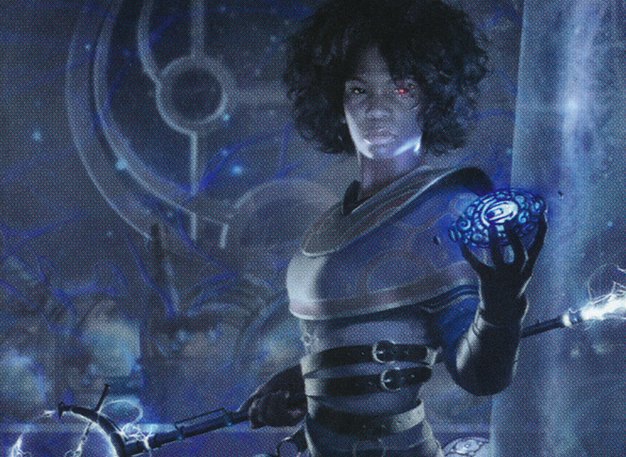
Rona, Disciple of Gix
Focused on graveyard interactions and aggressive creature play, leveraging discards and recursion to maintain pressure and value.
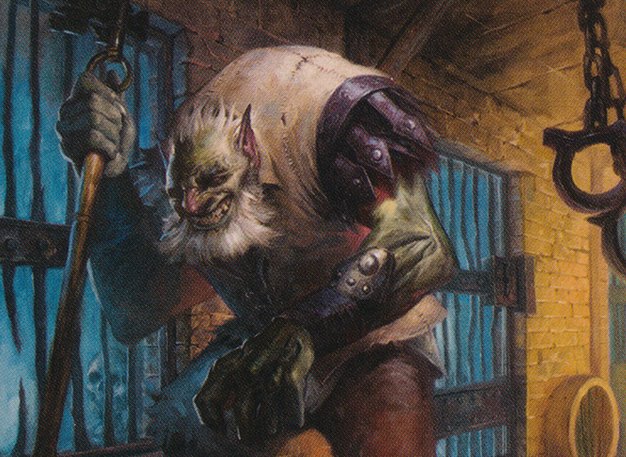
Grenzo, Dungeon Warden
Aggressive dungeon exploration and combat-focused, using dungeon mechanics to generate value and apply pressure on opponents.
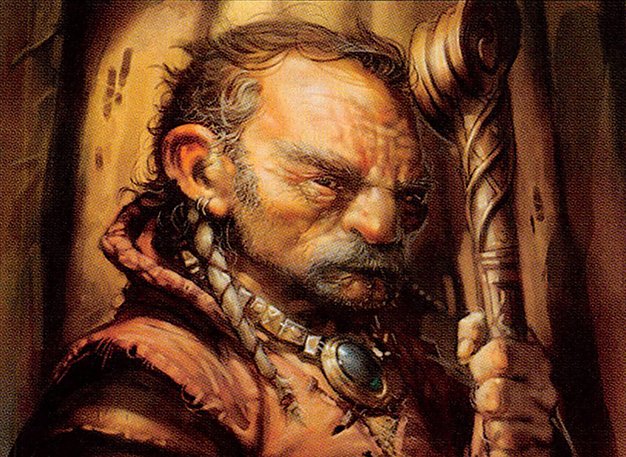
Gaddock Teeg
Fair creature control deck that limits opponents' access to high-cost spells and combos, playing an aggressive and controlling creature base to disrupt opponents while advancing board presence.
Gameplay Insights
- 1
Early mulligans and cautious hands shaped the pace, with players prioritizing ramp and card advantage over immediate aggression.
- 2
Political gameplay was significant, with players agreeing to avoid attacking certain threats to prevent escalation.
- 3
Rona’s graveyard-focused strategy was supported by discarding synergistic cards, enabling recursion and sustained pressure.
- 4
Breya utilized artifact tutors and value engines to stabilize and prepare for combo finishers.
- 5
Grenzo’s dungeon mechanics introduced a steady stream of value and threats, forcing opponents to respond proactively.
Notable Cards
-
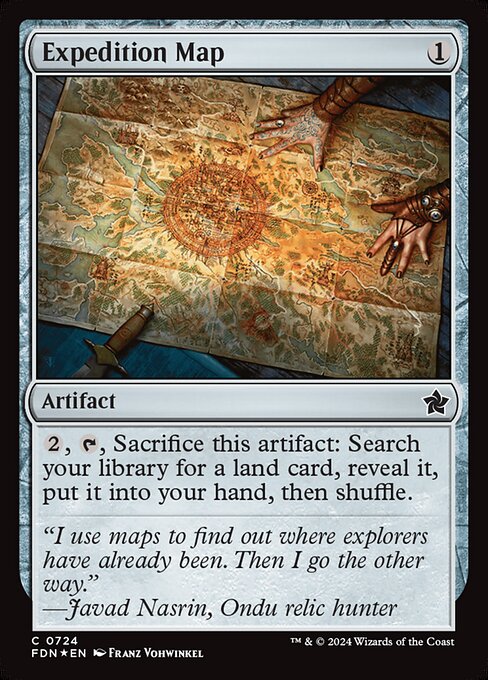
Expedition Map
-
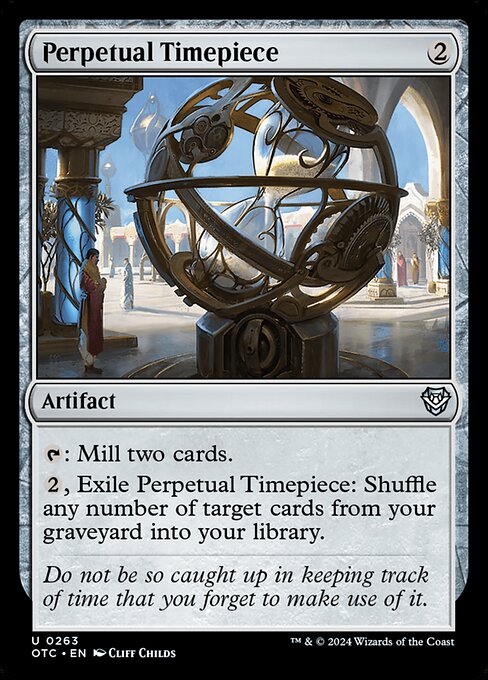
Perpetual Timepiece
-
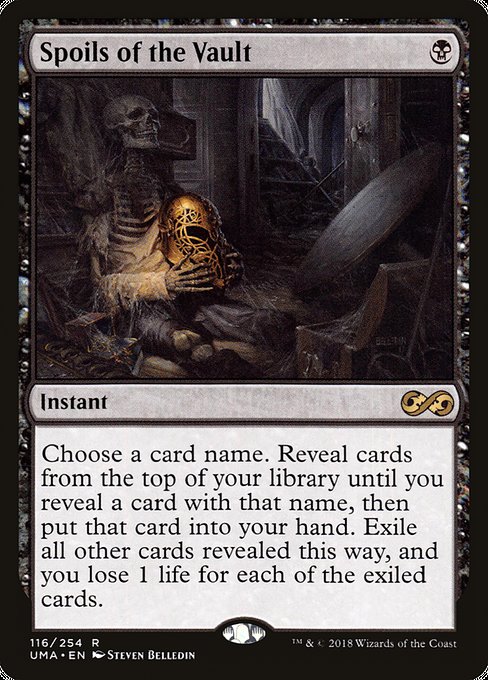
Spoils of the Vault
Gameplay Summary
The Commander game featured a four-player multiplayer match with Breya, Etherium Shaper; Rona, Disciple of Gix; Grenzo, Dungeon Warden; and Gaddock Teeg as the commanders.
Early turns were marked by cautious plays, including mulligans and ramping with cards like Dustwatch Recruiter and Expedition Map.
Players discussed their strategies and expressed a common desire to keep aggressive players in check, particularly targeting Austin on Gaddock Teeg due to his control-oriented deck that could potentially stall the game.
Rona’s deck focused on graveyard interactions, evident in discarding cards to fuel synergies and interactions with cards like Feast and Famine and others that benefit from graveyard presence.
Breya’s deck played a more controlled and artifact-centric strategy, with tutors and artifact synergy cards coming into play to establish board presence and card advantage. Mid-game highlights included key activations like Rona’s werewolf flipping and Grenzo’s dungeon exploration mechanics, showcasing their aggressive and value-driven strategies.
The group utilized subtle politics, such as deciding not to attack certain players to avoid retaliation, and played around each other’s threats carefully.
The game featured a mix of creature deployment, card advantage engines, and tactical discards.
Despite some slow starts and cautious plays, the board state steadily developed with players setting up their win conditions, including Breya’s artifact combos and Rona’s graveyard recursion.
The match remained dynamic with players balancing aggression and control to survive while building toward their respective finishers.
































